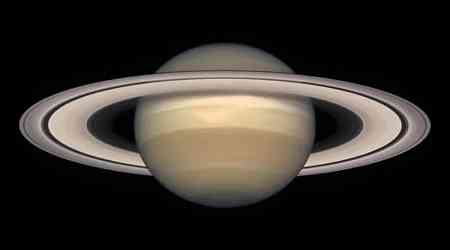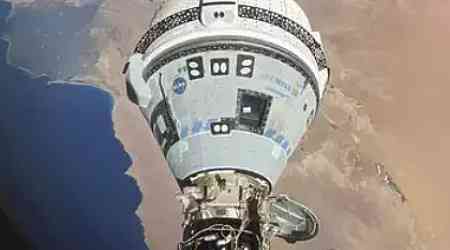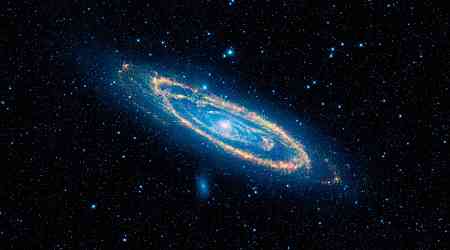Saturn will reach opposition on the night of September 7 and 8, marking a key astronomical event. During the event, Earth is positioned directly between Saturn and the Sun. This alignment allows Saturn to appear at its largest and brightest in the night sky. This is the ideal time for those keen to observe Saturn in all its splendour, as Saturn will not be visible at opposition again until September 21, 2025.
Best Viewing Times and Locations
A telescope or powerful binoculars are essential to view Saturn effectively since the rings will not be visible to the naked eye. On September 7, Saturn will rise around 6 p.m. local time and set between 5:30 am and 6:30 am the following day.
The planet will reach its peak in the sky around midnight local time. It will be located in the constellation Aquarius. Using updated sky charts or apps like Stellarium can help pinpoint Saturn's position more precisely.
What to Expect
In opposition, Saturn will be positioned at its closest to Earth, making its rings more visible and giving the planet a brighter appearance. This phenomenon is known as the Seeliger Effect, named after the German astronomer Hugo Seeliger, who first described it. The effect occurs because sunlight directly illuminates Saturn and its rings, enhancing their brightness.
The moon, a waxing crescent at 18 percent full, will set around 10 pm local time on September 7, ensuring that moonlight will not interfere with your observations.
When to Observe
If September 7-8 does not offer clear skies, you can still catch Saturn in its near-opposition state. The ringed planet will remain prominently visible from early September until around September 13, when the moon sets before midnight, providing ample opportunity for stargazing. Seize this opportunity to witness Saturn at its best.































